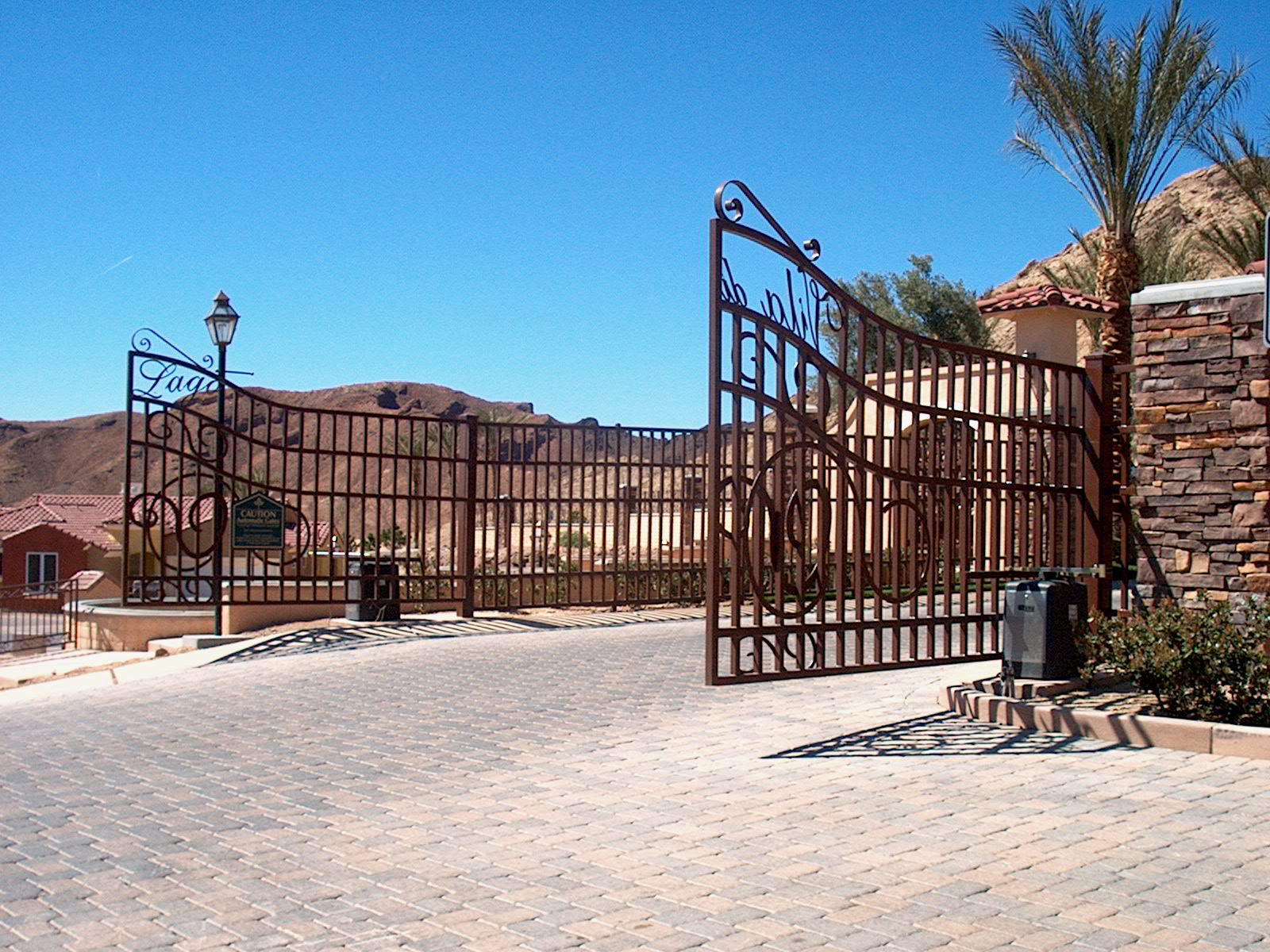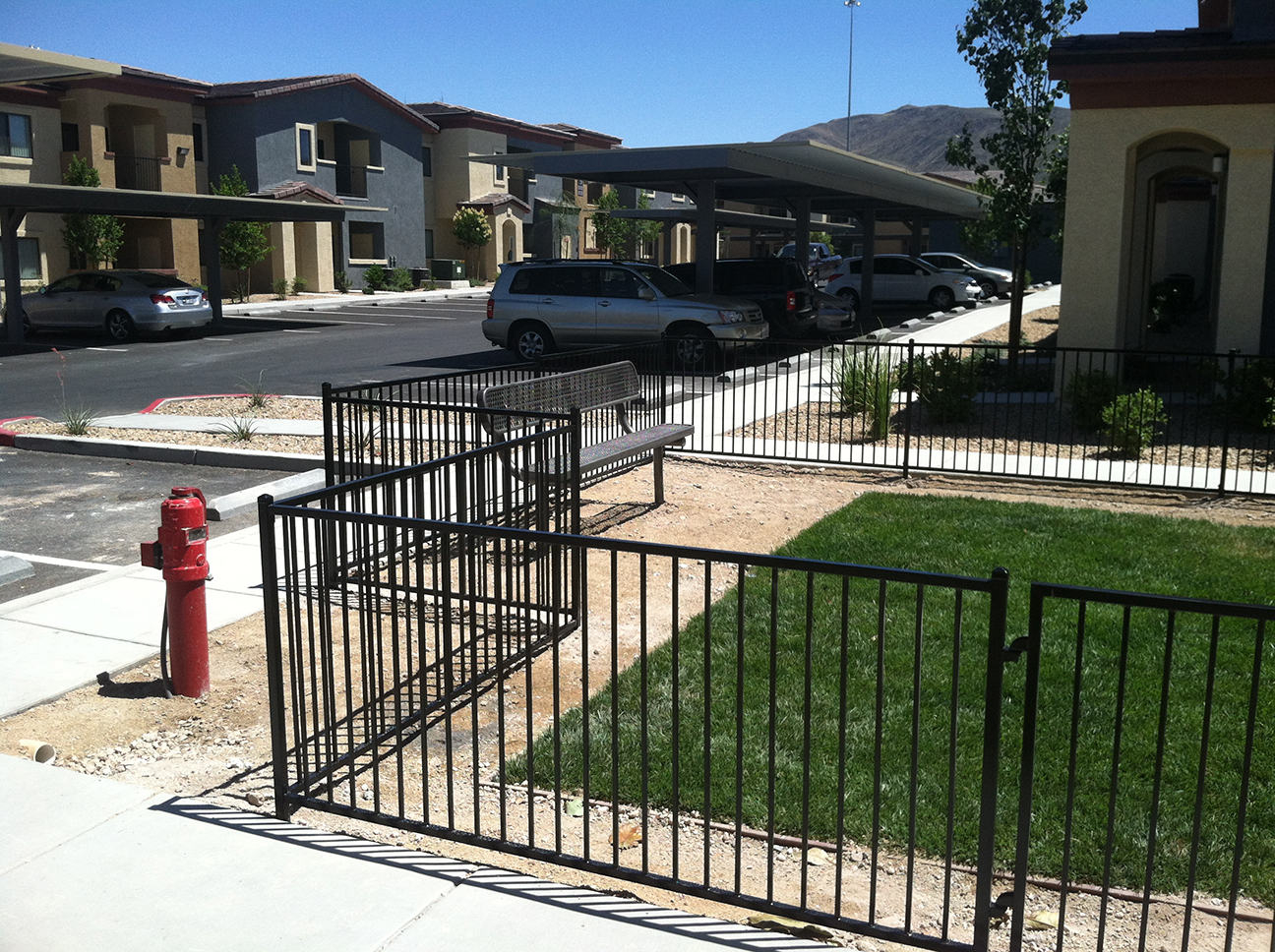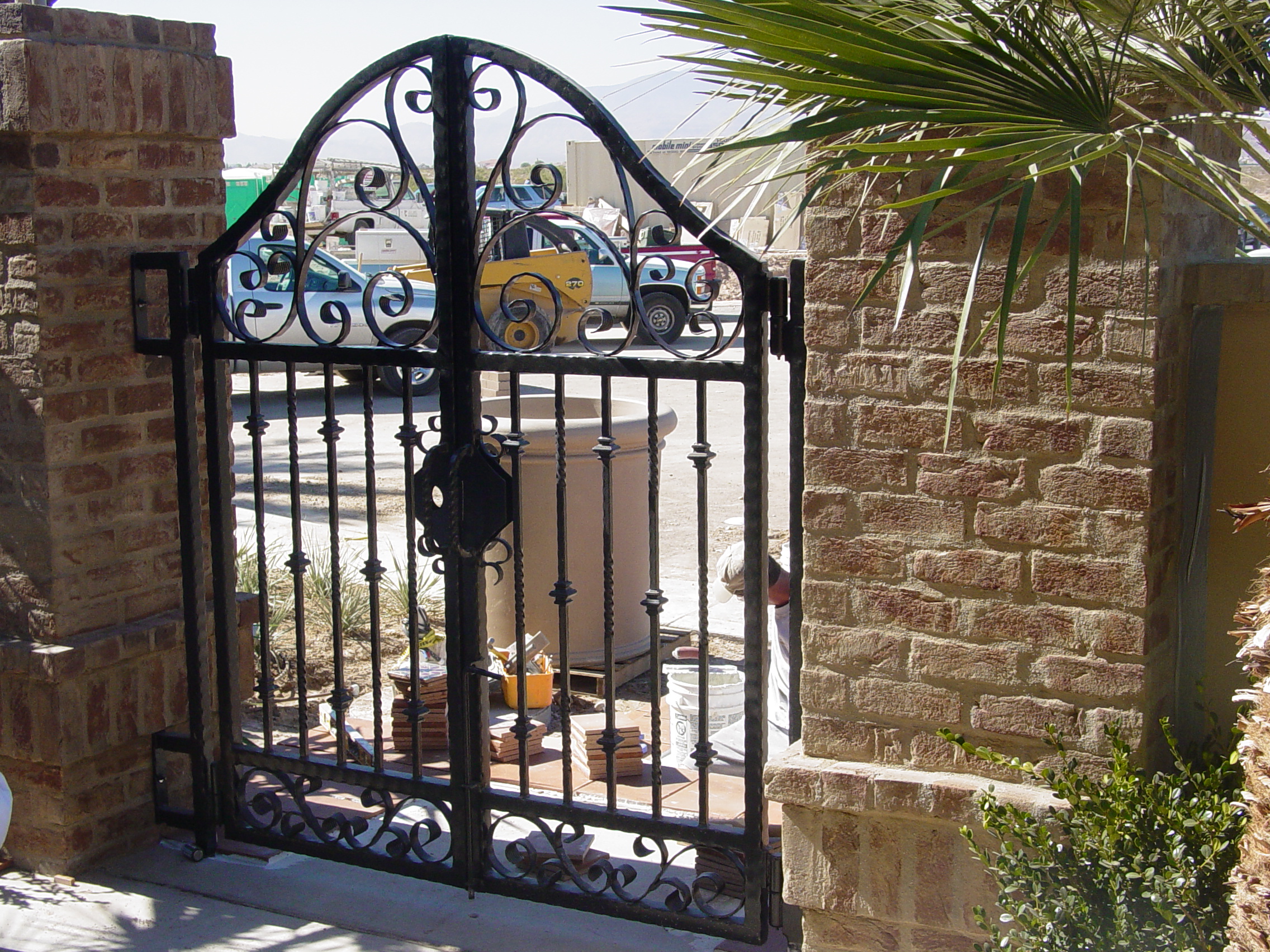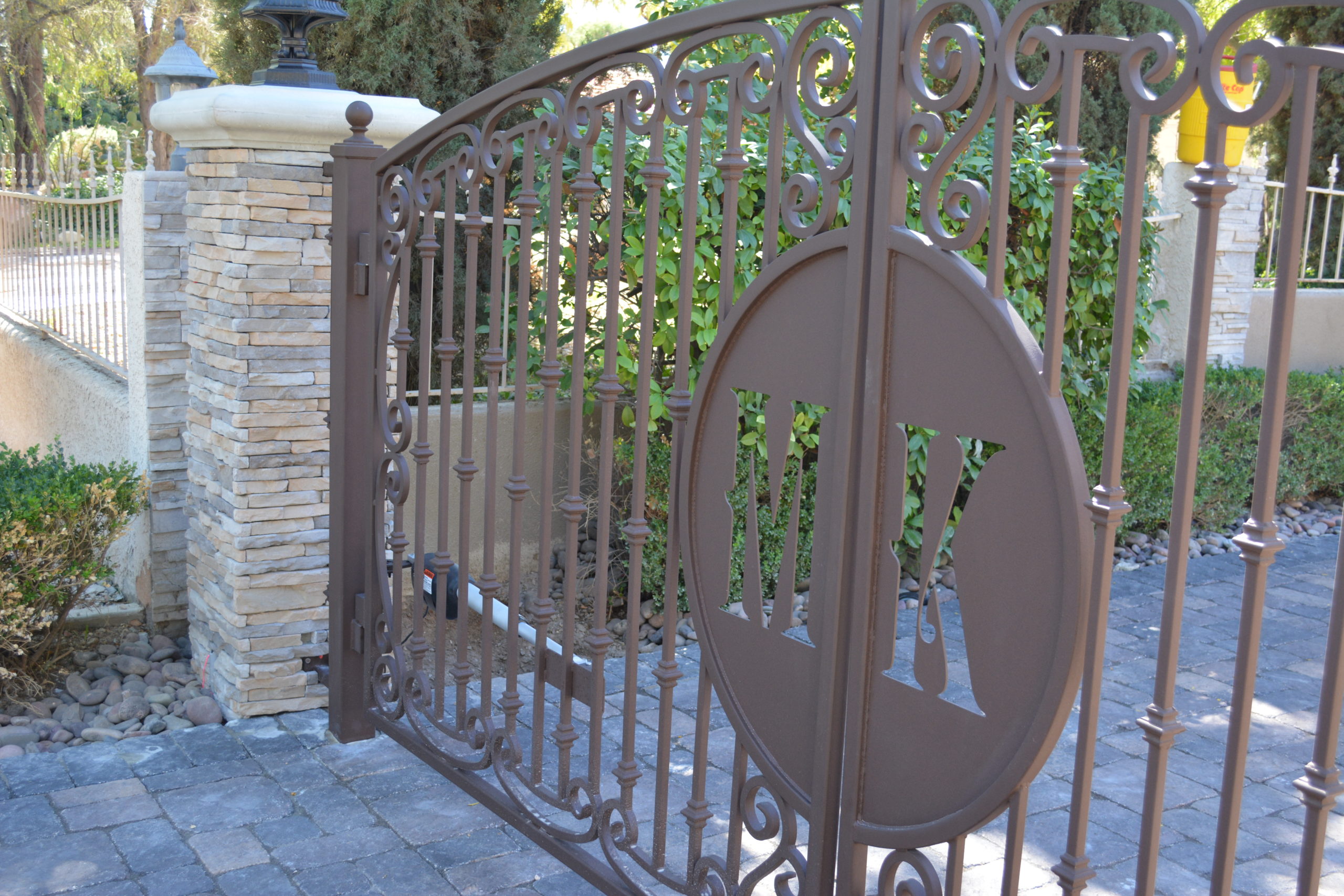
What Should You Do If You Spot Corrosion on Your Wrought Iron Fence?
Iron rusts, especially when kept outdoors. Finding corrosion on a wrought iron fence is not uncommon, and should be something you prepare for, but not something you should worry about.
Most wrought iron fences will develop some minor rust spots. Generally, these take years to cause any actual structural damage, but they can be unsightly and make your fence or gate look like it was not properly cared for. Some things can make rust more likely to develop.
What Causes Rust?
There are a number of things which can cause your wrought iron fence to rust:
- Chipped paint. Any time the paint on your fence is chipped to expose the iron underneath, rust is likely to develop in that spot.
- Weather. Rainstorms and high humidity can both cause rust. Wrought iron fences are more likely to rust in highly humid areas.
- Dirt and plant growth over the fence.
In addition to the obvious red spots, corrosion can have some other effects.
What are Other Signs of Corrosion?
- Stains along the pillars, plinths, or other masonry surfaces in direct contact with the fence.
- Cracks in the masonry the ironwork is attached to.
- Sagging fence, squeaking or binding gates (corrosion can slightly weaken the structure causing it to bend a little).
If you are starting to see these signs of corrosion, it is very likely that your wrought iron fence is going to need to be repaired. This level of rust is generally a sign of a fence being neglected and is more likely to be seen on properties that haven’t been well treated. If you are buying a property with a wrought iron fence, do inspect the fence before closing. You might be able to get the seller to contribute to the cost of repairs.
What Should you Do When you Find Rust?
There are a few steps you should take when you find rust spots on your fence. Remember that rust on a wrought iron fence is normal, easily repairable, and a small price to pay for the beauty of your fence or gate.
Here’s what you should do when you find rust.
- Establish the cause. If it’s chipped paintwork, then look to see if any specific thing is causing the paintwork to chip in that location. If it’s vegetation, cut it back. In some cases there might not be anything you can do, but it’s wise to be aware of the cause if you can.
- Inspect the rest of the fence. If there’s rust in one place, there is likely rust elsewhere. You can use paper and tape to “tag” rusty spots to check them later.
- Establish whether you need to contact a professional. It is possible to do basic repairs yourself. Rust spots can be scrubbed away using a wire brush and sandpaper (wear a face mask, as the iron dust can cause problems if it gets into your lungs). If the hole is large, fill it in with putty. You can then repaint that part of the fence. However, if the problem is deeper or if there is sagging or bending, then you will need a professional repair. If in doubt, talk to a professional. They can probably advise you on whether this is essentially routine maintenance you can do yourself or whether you need help.
How is a Rusted Fence Repaired?
The repairs that are needed will depend on how bad the rust is. The sooner you treat rust, the better. Over time, you may learn to deal with tiny patches yourself.
For small patches with no structural alteration, the typical treatment is to sand the rust off of the affected area and then repaint. Care should be taken to make the new paint match the old. It’s worth considering repainting the entire fence if you have multiple rust spots or if an inspection reveals that the paint is chipped in other places.
For more serious problems, especially if your fence or gate is sagging, it may be necessary to remove and replace the affected piece, generally by cutting out defective lengths and welding in the new piece. Hand made wrought iron is now an expensive luxury, but a good repair company will replace it with more modern iron which will look and “act” like the original. Beware cheap repairs that might use, say, aluminum for the replacement (aluminum is commonly used to make fake wrought iron, but is not nearly as strong or dent-proof as the real thing). You will also need a repair company that has the skill to shape the new iron to match the old. This is not a job you can hand over to just anyone.
What Should you Do After the Repair?
Once the fence is repaired, you should take steps to make sure that you take proper care of your wrought iron fence so it does not happen again. The repair company may be able to advise you on specific steps for your fence and circumstances. After a major repair, it is a good idea to repaint the entire fence, as this will help the colors match (and if you want to change the color of your fence, you can use this as an excuse). Consider using a rust neutralizer or a solution of lemon juice and vinegar on rusted areas before repainting. Always use rust-resistant paint.
Make sure to clean and inspect your fence at least once, ideally twice a year. Use steel wool to clean off rust the second you see it, before it grows deep enough into the metal to cause a problem.
Rust is a common problem with wrought iron fences, but it is a solvable one. Proper maintenance will help keep rust from developing and causing a problem, whilst professional repairs can restore your fence to its original appearance within, generally, a matter of days. You should not attempt to make complicated repairs (anything more than cleaning rust spots) yourself, but should contact a professional with experience working in iron.




